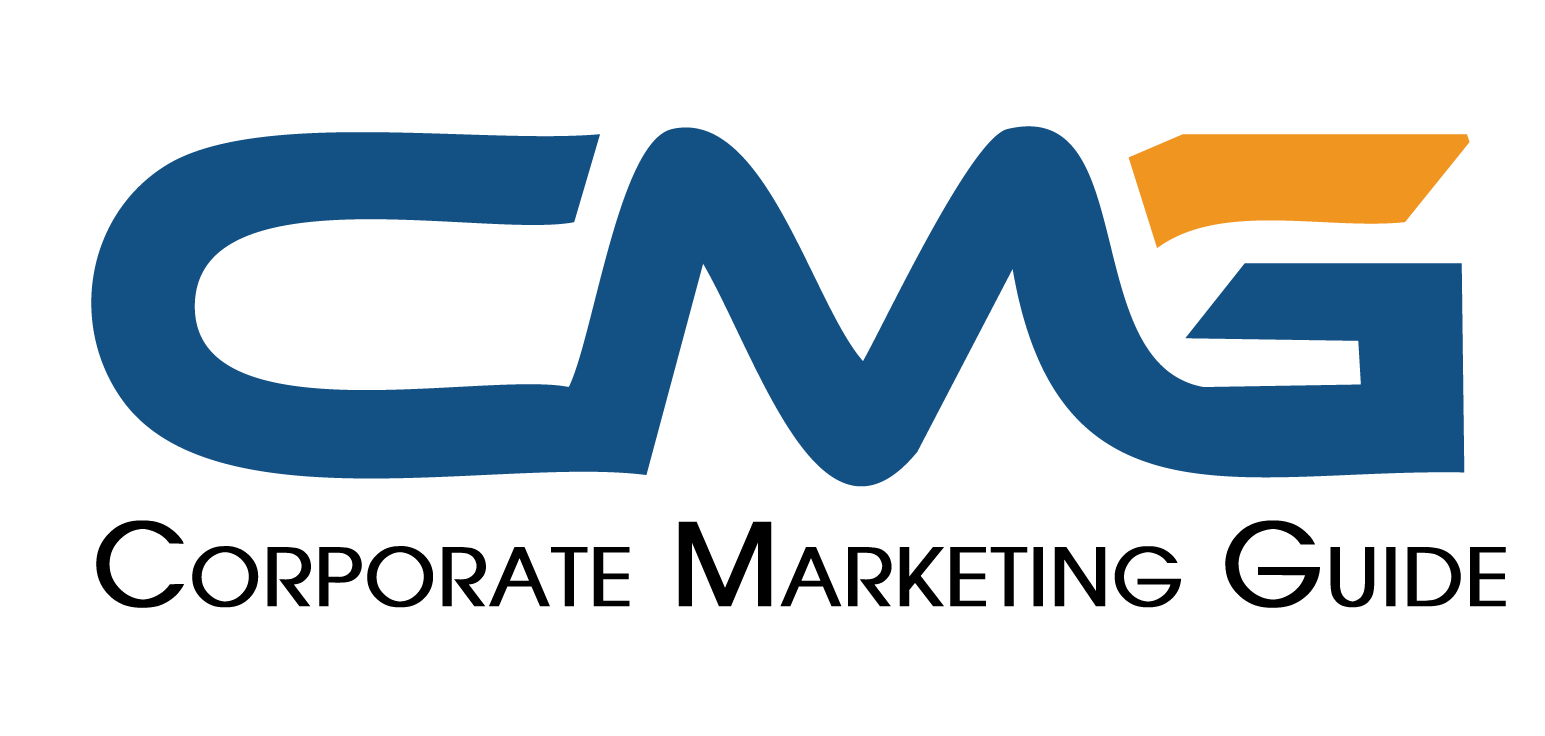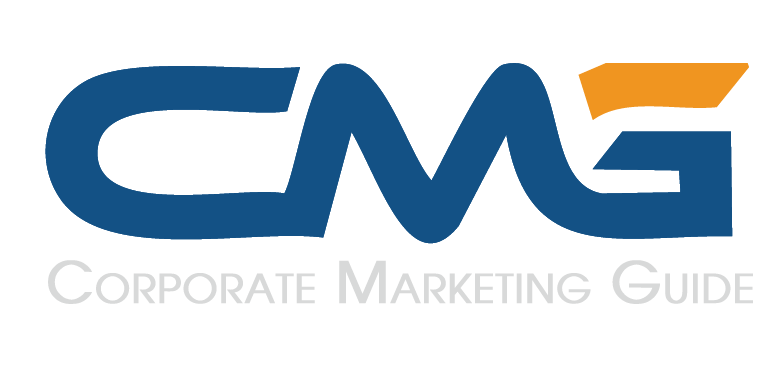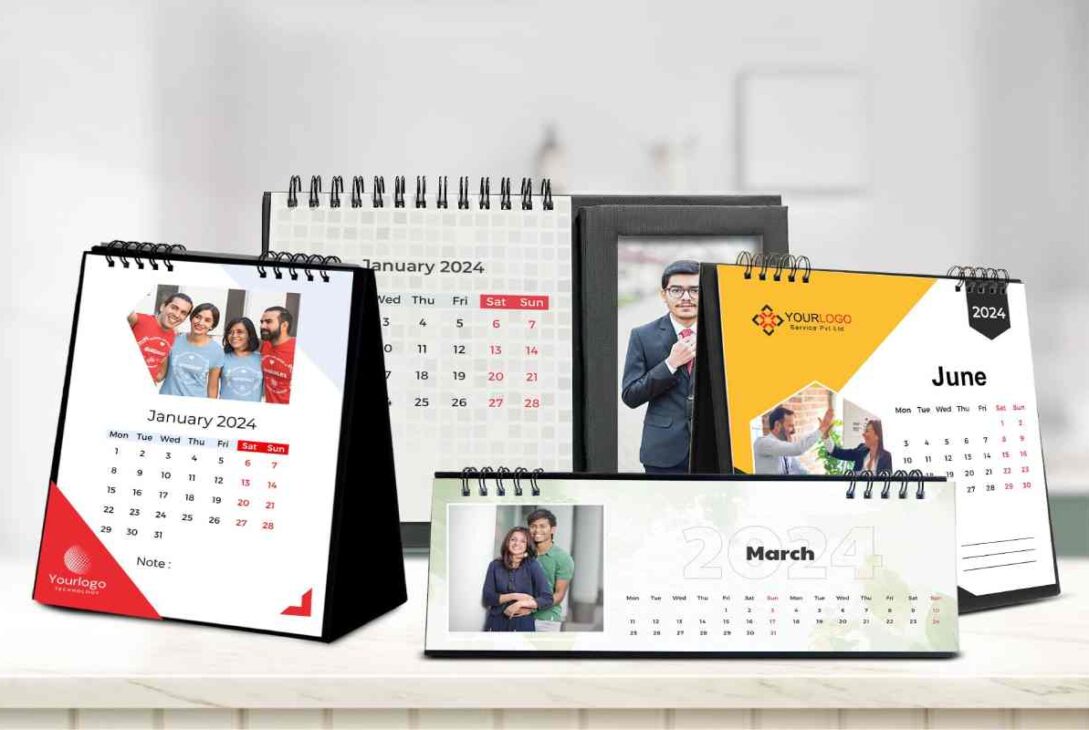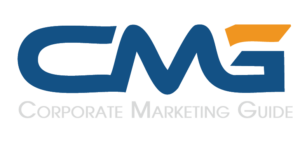In the age of technology, event promotion has transformed into an ever-changing element of business tactics for companies striving to captivate their audience in innovative ways and boost event exposure. One emerging trend in this field is the adoption of calendars as a means to create interactive experiences that help businesses engage with prospective clients and elevate the profile of their events. This piece delves into the significant role custom calendars can play as a tool in amplifying the impact of event marketing strategies.
Understanding the Power of Visual Planning
Visual planning is essential for arranging and advertising events. Custom print on demand calendars provide a user method of showcasing events to the public. Creating a timeline enables businesses to showcase events such as workshops or promotions. This approach not only boosts but also assists potential attendees in organizing their schedules efficiently. A designed calendar acts as a cue that informs and builds anticipation among the audience for upcoming events.
Enhancing Brand Recognition
Using a print-your-own calendar is a great way to showcase your brand identity effectively by integrating brand colors and logos into them, along with themes aligned with your business objectives. Consistency plays a key role in establishing brand awareness and loyalty among users as they engage regularly with a calendar that echoes the essence of your brand. This ongoing interaction helps reinforce the connection between the users and your brand over time and ensures that your brand holds a place in their minds. Ultimately, this makes them more inclined to engage in events or initiatives associated with your brand.
Personalization and User Engagement
In today’s era, specialization plays an important role. Print on demand calendars empower businesses to customize their content according to the tastes of their target audience. By providing event recommendations or notifications, firms can greatly boost user interaction. When individuals perceive the content as aligned with their interests, it tends to elicit a response. This individualized strategy nurtures a bond between the company and its audience, promptly increasing engagement in events.
Seamless Integration with Digital Platforms
Personalized calendars excel in their capacity to effortlessly sync with platforms such as social media and email marketing or websites. These calendars can be seamless. Shared across channels to enhance visibility and accessibility for potential attendees. This seamless integration guarantees exposure and convenience for participants. By providing access to event details online, businesses can attract an audience and foster increased engagement in their events.
Analytics and Insightful Tracking
Print on demand calendars have built-in analytics tools that offer insights into how users interact with them. Companies can monitor which events garner interest, gauge levels of engagement, and evaluate performance overall. These findings enable businesses to tune their marketing approaches. Concentrate on what captivates their audience. By grasping user preferences and trends, companies can customize events to align with the desires and anticipations of their market segment.
Cost-Effective Marketing Solution
Advertising and marketing campaigns can be quite expensive sometimes. Using custom calendars can be a budget-friendly option for promoting events and products online without breaking the bank. Setting up and managing a calendar doesn’t require a financial commitment compared to more traditional advertising approaches. Additionally, the outreach and interaction that POD calendars can bring surpass their cost. For companies aiming to make the most out of their marketing funds, custom calendars present a cost-effective strategy.
Building Community and Fostering Connections
Events frequently act as a hub for establishing connections and nurturing relationships within a community setting. Custom-made event schedules can significantly contribute to this by promoting engagement among guests. Attributes like comment sections, RDVP responses, and social media sharing capabilities help foster a sense of belonging and enable attendees to interact with one another. This active participation enhances the overall event ambiance and reinforces the bond between the company and its audience.
Conclusion
Utilizing calendars in event promotion strategies can bring about advantages for companies. From boosting brand visibility to encouraging community participation, these resources provide a method for advertising events. By utilizing visual organization techniques, customization options, and smooth integration processes, organizations can optimize their outreach and influence. With the digital environment changing, embracing cutting-edge tools such as customized calendars is crucial for maintaining a competitive edge in the realm of event marketing.



